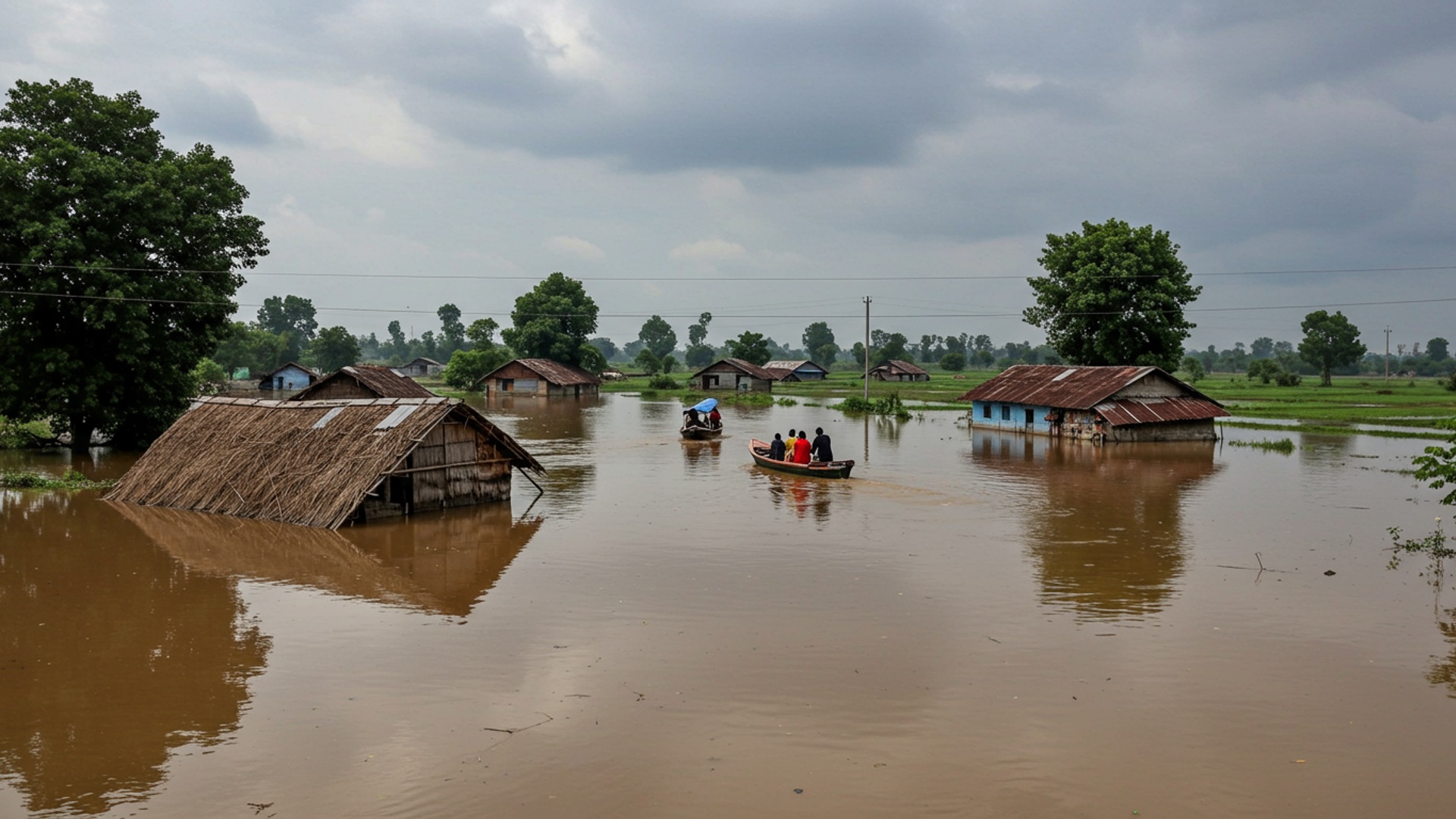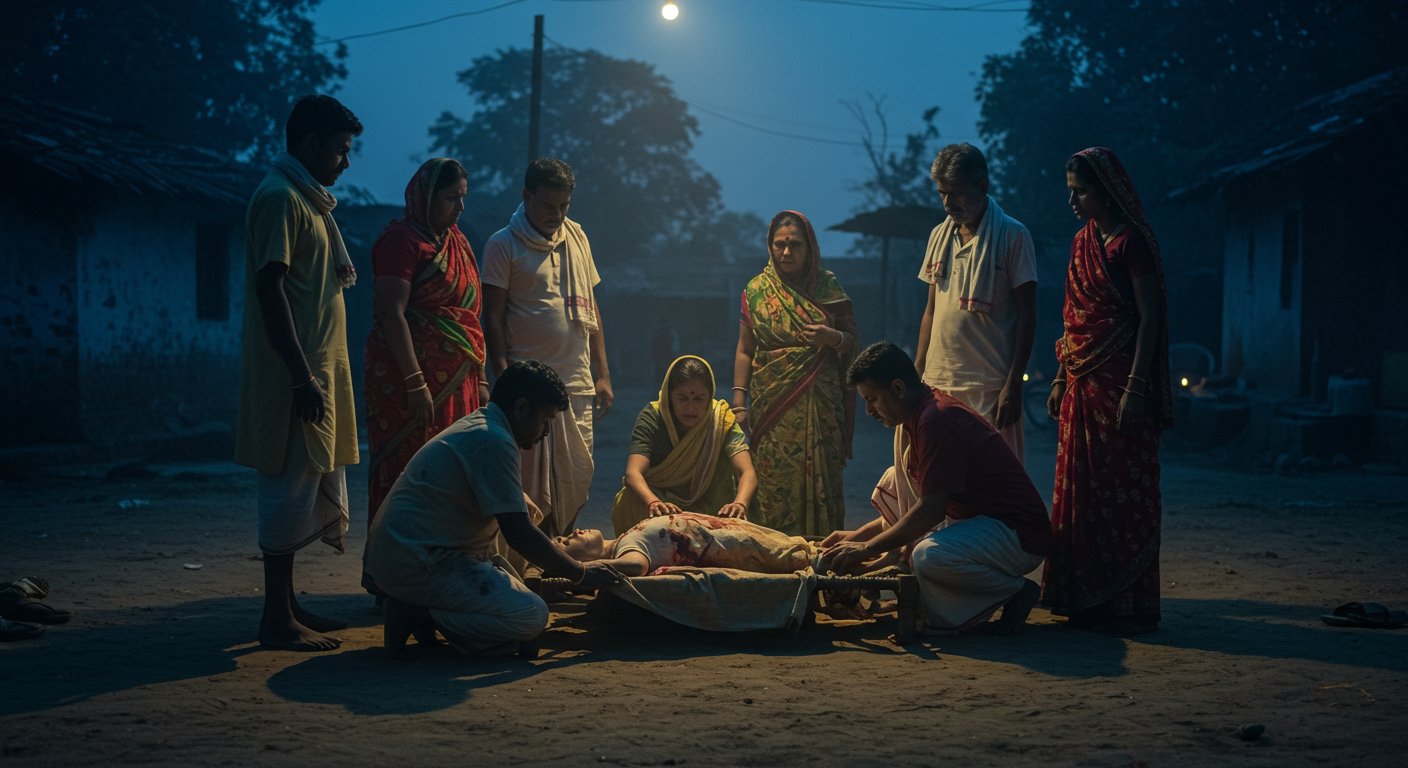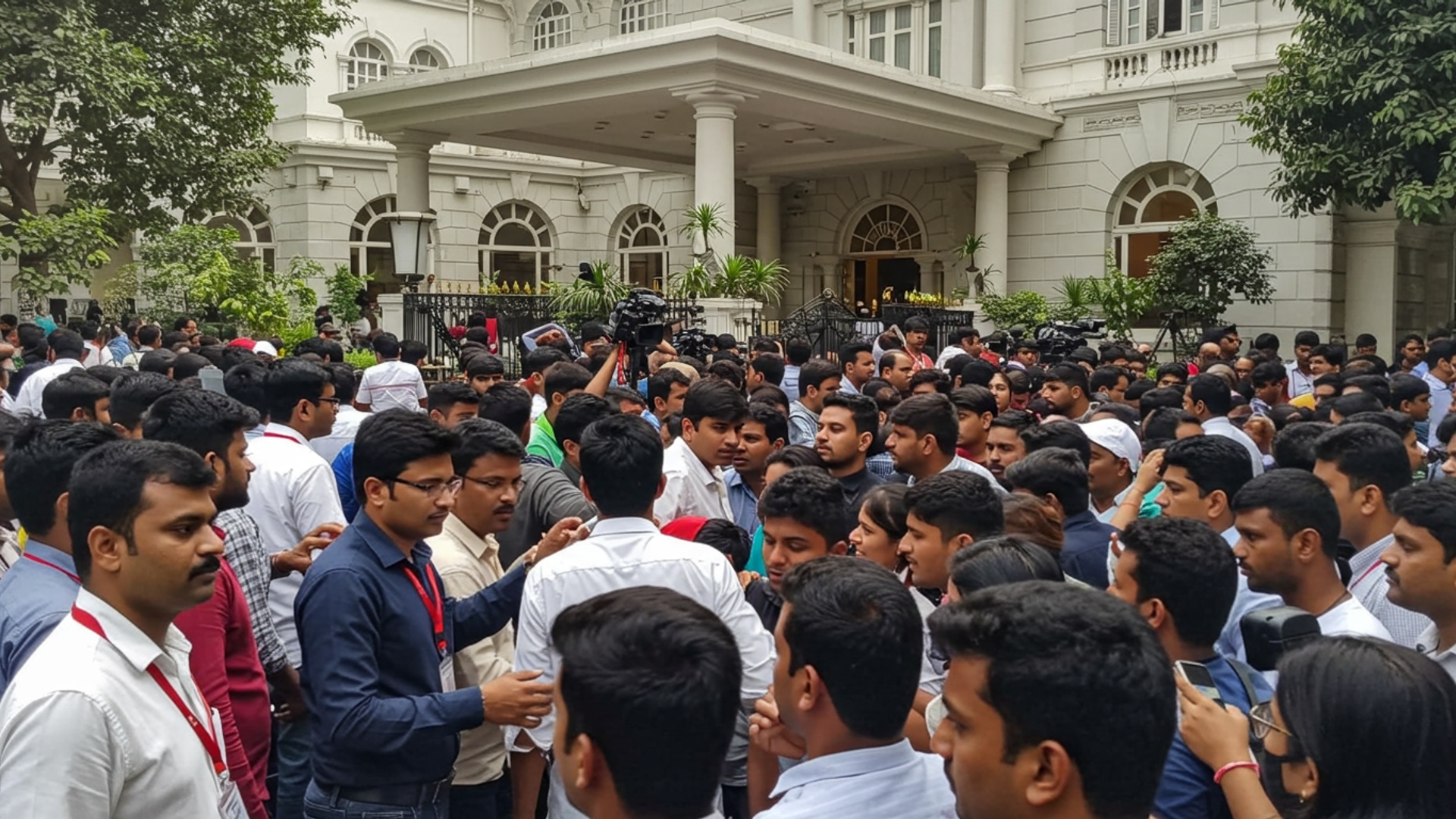Deadly floods tear through North Bengal today, taking many lives and leaving a path of ruin across the region. Heavy rains over the past few days caused rivers to overflow their banks, quickly drowning homes and roads in several districts. Rescue teams work hard to reach people stuck in high water. bad weather makes their job hard. Thousands are now without homes, looking for safe places as the water keeps rising in many areas, creating a worsening crisis.
Big Rain Hits North Bengal
Heavy rain has fallen across North Bengal, causing a lot of damage and putting many people in danger. The India Meteorological Department (IMD) said that heavy to very heavy rain was expected in areas like Darjeeling, Kalimpong, Jalpaiguri, Alipurduar. Cooch Behar until Friday morning, August 15, 2025. This weather has made rivers swell and caused floods in many low-lying areas. In the past 24 hours, some places saw a lot of rain. Alipurduar recorded 210 mm of rain, Cooch Behar had 105 mm, Bagdogra received 83 mm. Jalpaiguri got 72 mm. Raiganj also saw 91 mm of rain. The heaviest rain fell in tea garden areas of Alipurduar district, with Newlands Tea Garden getting 36 cm, Kumargram Tea Estate 33 cm. Sankos Tea Estate 31 cm. This huge amount of water has led to waterlogging, flash floods. landslides, especially in hilly areas.
Loss of Life and Homes
The heavy rains and rising waters have led to tragic events and left many people without homes. In Sahudangi near Siliguri, two young children died when a boundary wall fell onto their temporary shelter during heavy rain. This sad event happened late on Tuesday night, August 12, 2025. The children, a three-year-old girl and her one-and-a-half-year-old brother, were sleeping when the wall came down. Their parents were briefly outside clearing water when the wall, which was already in bad shape, gave way. In Malda district, a new part of the “ring embankment” along the Fulahar river broke around 6 AM, causing floodwaters to rush into Bhutni Diara island. This has put more than 1. 5 lakh (150,000) people living in three village areas at risk of losing their homes. Local authorities are now making announcements to help these people move to safer places. The problem of people losing their homes is not new. In October 2023, another flood in the hills of Darjeeling, Kalimpong. Kurseong caused one child to die and left 11 people missing, with over 5,000 people displaced because their houses were completely destroyed.
Help and Rescue Operations
Government teams and rescue workers are working hard to help those affected by the floods. The District Magistrate of Malda, Nitin Singhania, quickly went to the flood-hit area. National Disaster Response Force (NDRF) teams, civil defence units. local groups are ready to help. West Bengal Chief Minister Mamata Banerjee has been closely watching the situation. She has told district officers and police chiefs to be ready to call in the Army if there are landslides in the hilly areas. The Chief Minister also said that nine flood relief centers have been set up in Jalpaiguri, currently housing about 600 people. Another 600 people from Mathabhanga and Tufanganj in Cooch Behar are also staying in relief centers. Earlier this year, in June 2025, a special high-level committee was formed under the Chief Minister’s guidance to handle flood issues in North Bengal. This committee’s job is to check rainfall, river water levels. the risk of land erosion. It also plans immediate ways to prevent and manage floods. A team from the Disaster Management and Civil Defence department is also working to check damage. help with relief and getting people back on their feet.
Damage to Roads and Buildings
The heavy rain has caused major damage to roads and other crucial structures, making it hard for people to travel and for help to reach affected areas. A bridge on National Highway 717A collapsed, which is a key road linking Siliguri and Sikkim. Also, a part of National Highway 10 at the 29th Mile, which was already only open for light vehicles, has been completely washed away. These road problems are making it difficult for officials in Kalimpong to prepare for Independence Day events and are putting tourist travel and emergency supply deliveries at risk. In Alipurduar district, the Kaljani River is at a yellow alert level. more than ten town areas are under water. Roads are covered in knee-deep water. water has entered many homes. Power supply has also been hit hard, with trees falling and damaging power lines in Falakata, leaving over 1,200 homes without electricity. In Shantinagar, three power units stopped working due to floods, affecting another 200 homes. Electricity teams are working to fix these problems. In Cooch Behar and Dinhata towns, waterlogging has been a big problem since Tuesday night. People living there are upset about the poor drainage system. The wooden bridge over the Gandra River in Mantapara area was also washed away by strong water currents. This means thousands of villagers, including children going to school, now have to travel many extra kilometers. Even school entrances in Jalpaiguri are submerged under water. The Teesta River has also risen beyond its banks, covering parts of National Highway 10 near Ravi Jhora. This has made travel between Darjeeling and Kalimpong very difficult. Landslides have also happened in parts of Kalimpong district.
What Caused the Flooding
The main reason for these floods is continuous and very heavy rainfall, caused by a strong flow of moist air and an active monsoon weather system. There is also a low-pressure area over the Bay of Bengal which is pulling in more moisture from the sea and is expected to get stronger. This weather system is making the rain worse in both North and South Bengal. The rivers in North Bengal, such as the Teesta, Jaldhaka, Torsa, Raidak, Kaljani, Fulahar, Mansai, Jaridharala, Bangri, Pana. Balasan, have swollen to dangerous levels. Water coming from the hills of Bhutan also adds to the swelling of rivers like the Bangri in areas like Alipurduar. Some flooding is also happening because of water released from dam projects in Sikkim, which affects areas downstream. In some places, like Malda, a newly built river wall on the Fulahar river broke, letting a lot of water into new areas. City officials have also pointed out that poor drainage systems, partly due to people throwing plastic waste into drains, make the waterlogging worse in towns like Cooch Behar and Dinhata. The government has noted that it invests a lot of money, about Rs 587 crore each year, to clear silt from rivers. But, the state’s Irrigation and Waterways minister has said that the central government has not responded to requests for a special group to look into river issues with Bhutan. that Bhutan has too few water measuring stations. This makes it harder to manage water flow and prevent floods. ![]()















